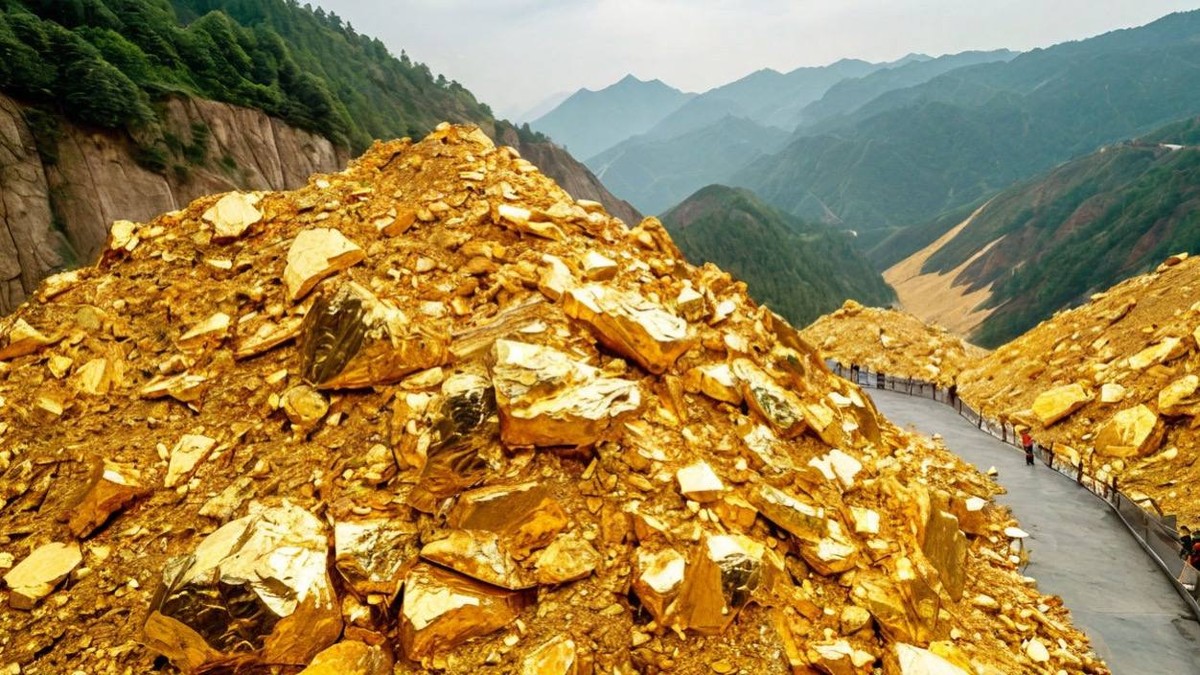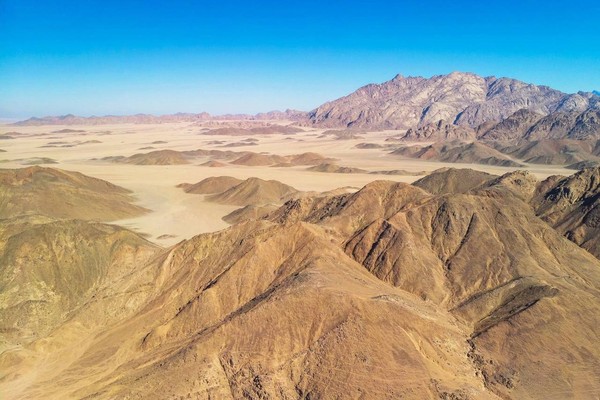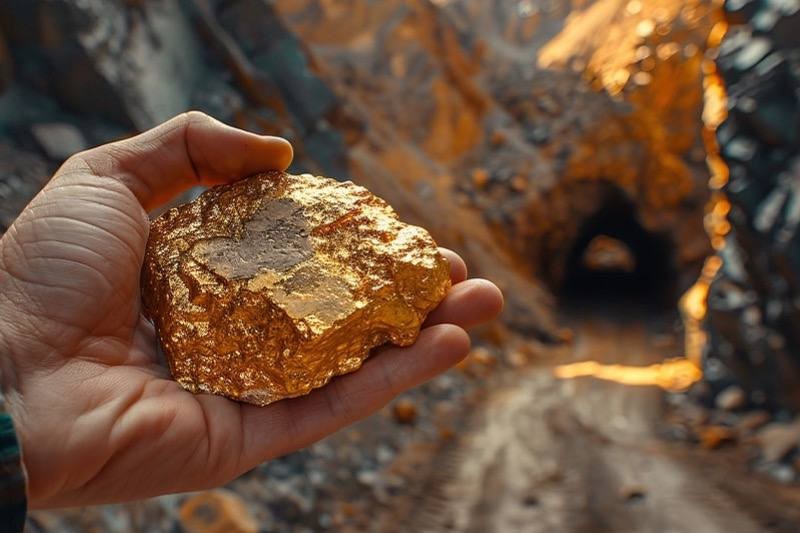Earth's Largest Gold Vein Unearthed: A 2-Kilometer Dive into a $83 Billion Treasure
In Pingjiang County, Hunan Province, geologists drill into a zone that was once famous for camellia oil used in cosmetics. At roughly two kilometers below the surface, the drill hits a gold vein—then a second, a third, and forty more in total in a single discovery. Experts estimate the deposit holds about 1,100 tonnes of gold, worth around $83 billion. To put that figure in perspective, humanity has mined roughly 233,000 tonnes of gold in all of history. This single field could dramatically alter the map of global wealth and the market for precious metals.

In This Article:
The Deposit by the Numbers: Grade, Depth, and a Benchmark Breaker
The ore grade is 138 grams of gold per tonne of ore, a concentration higher than the global average. The gold lies about two kilometers underground, buried beneath sedimentary rocks. Until now, the largest known deposit was South Africa's Deep mine, with reserves around 1,025 tonnes. Pingjiang’s find exceeds it by about 75 tonnes. China already produces roughly 10% of the world's gold. Among the top five producers are Russia, Australia, the United States, and Canada. The Pingjiang discovery could strengthen China's position in the global market.

Origins of Gold and the Cosmic Road to Earth
Gold does not form in the Earth's mantle under normal planetary conditions; the heat and pressure there are insufficient to synthesize it. Gold arrived on Earth via two routes: from the protoplanetary disk that formed the planets, and from meteorites during the late heavy bombardment about four billion years ago. The Sun formed from the remnants of several supernovae, leaving Earth unusually rich in heavy elements compared with other worlds. In Russia, the Sukhoi Log deposit holds about 2,700 tonnes of gold, but its development is hampered by remoteness and relatively low ore concentration. Cosmic riches far outstrip terrestrial supply. The asteroid Psyche, between Mars and Jupiter, is thought to contain metals whose value would exceed the world economy’s output for 100,000 years. Many asteroids are metallic blocks—relics of destroyed planets—that future space mining could harvest, potentially reshaping our understanding of gold’s scarcity.

From Ore to Insight: Technology, Environment, and a New Geological Era
Diamonds form deep inside the Earth; gold’s origin is cosmic, etched into the fabric of the solar system itself. Modern gold extraction relies on complex chemical processes to pull metal from low-grade ore, and the Pingjiang deposit will require deep underground construction and advanced equipment. Environmental considerations are increasingly central. New technologies aim to minimize environmental impact and restore landscapes after mining operations. Studying gold deposits helps illuminate Earth’s history and the processes that formed our planet. Each new find adds detail to the story of our world—and China’s discovery promises both economic benefits and fresh geological insight for the region.

